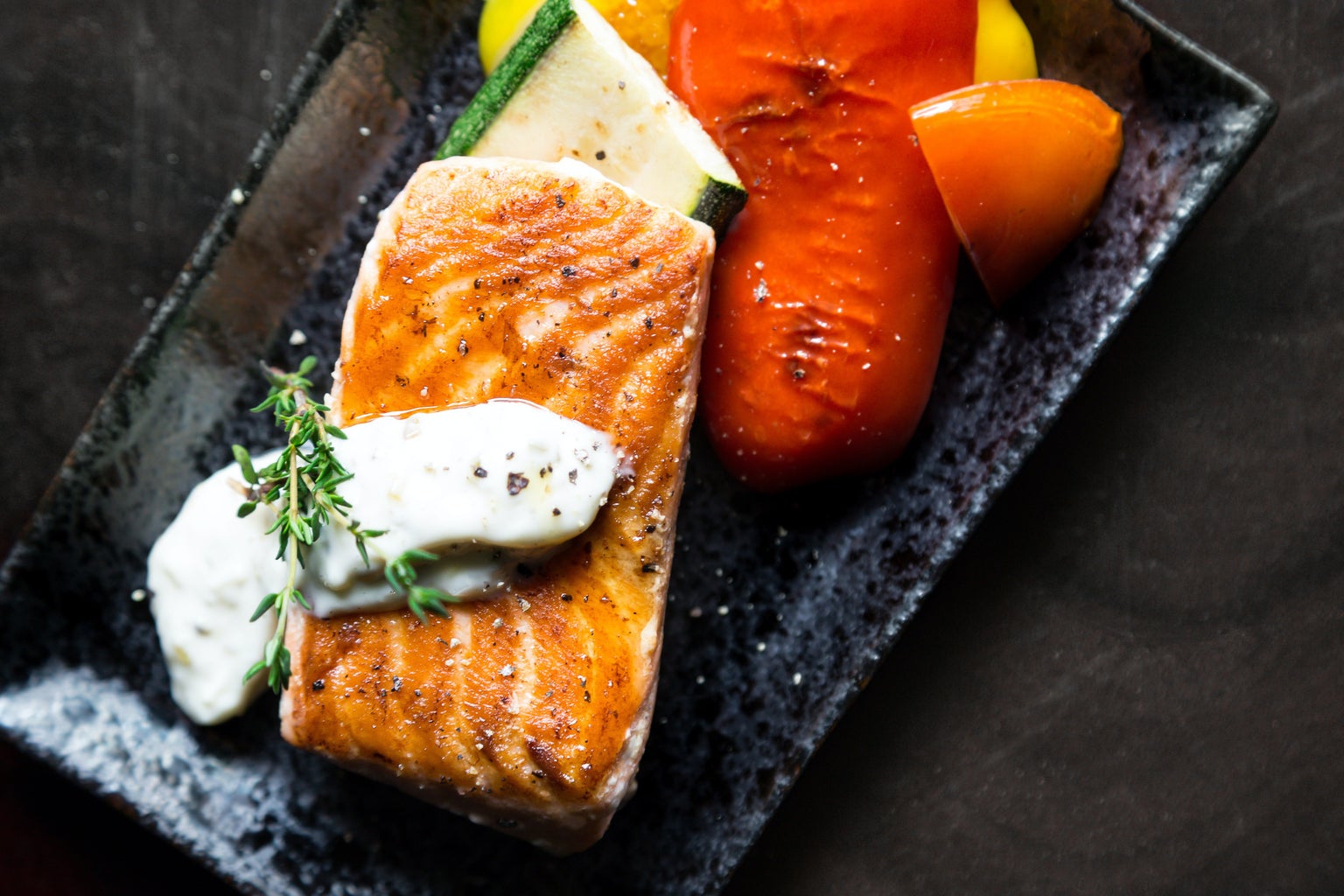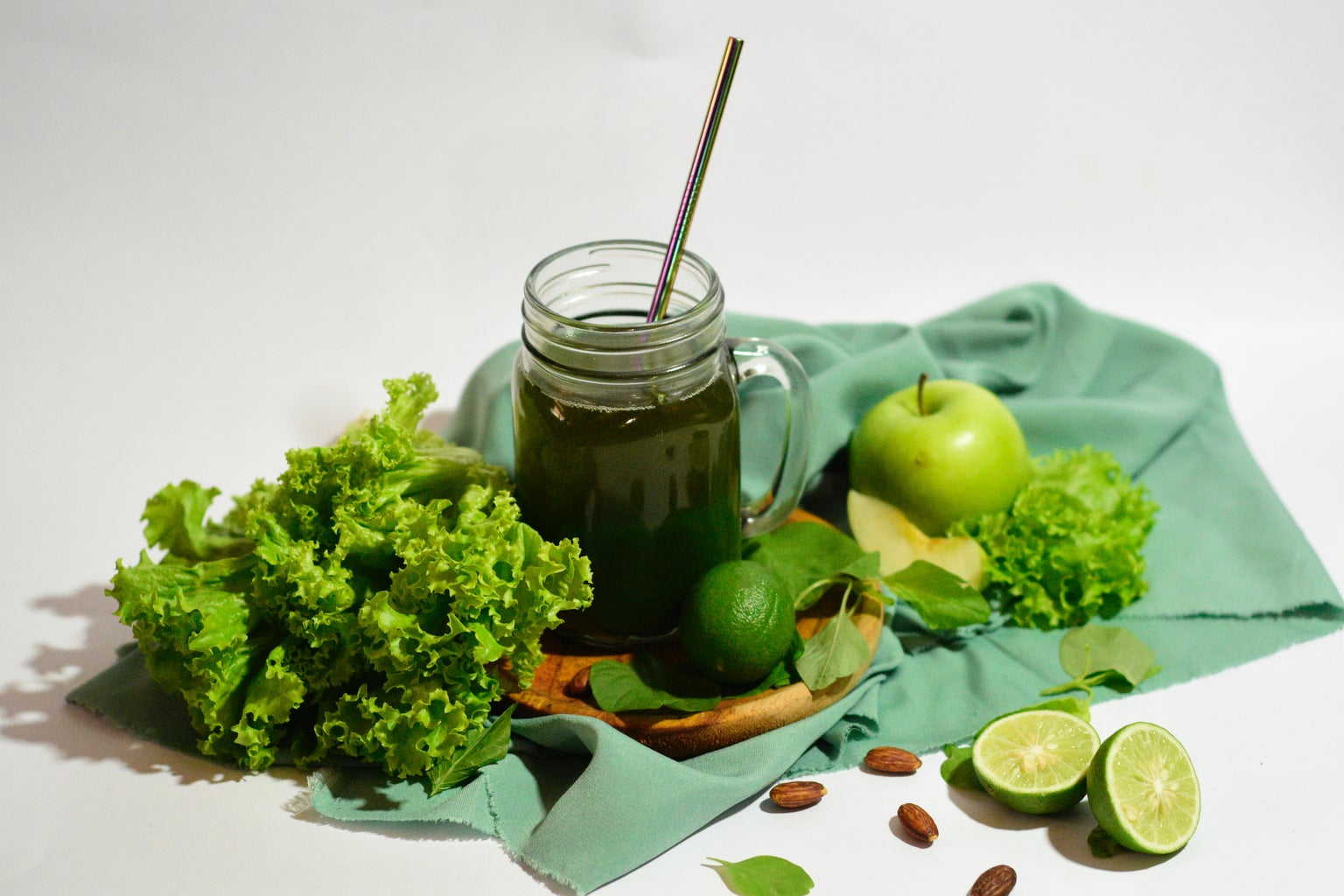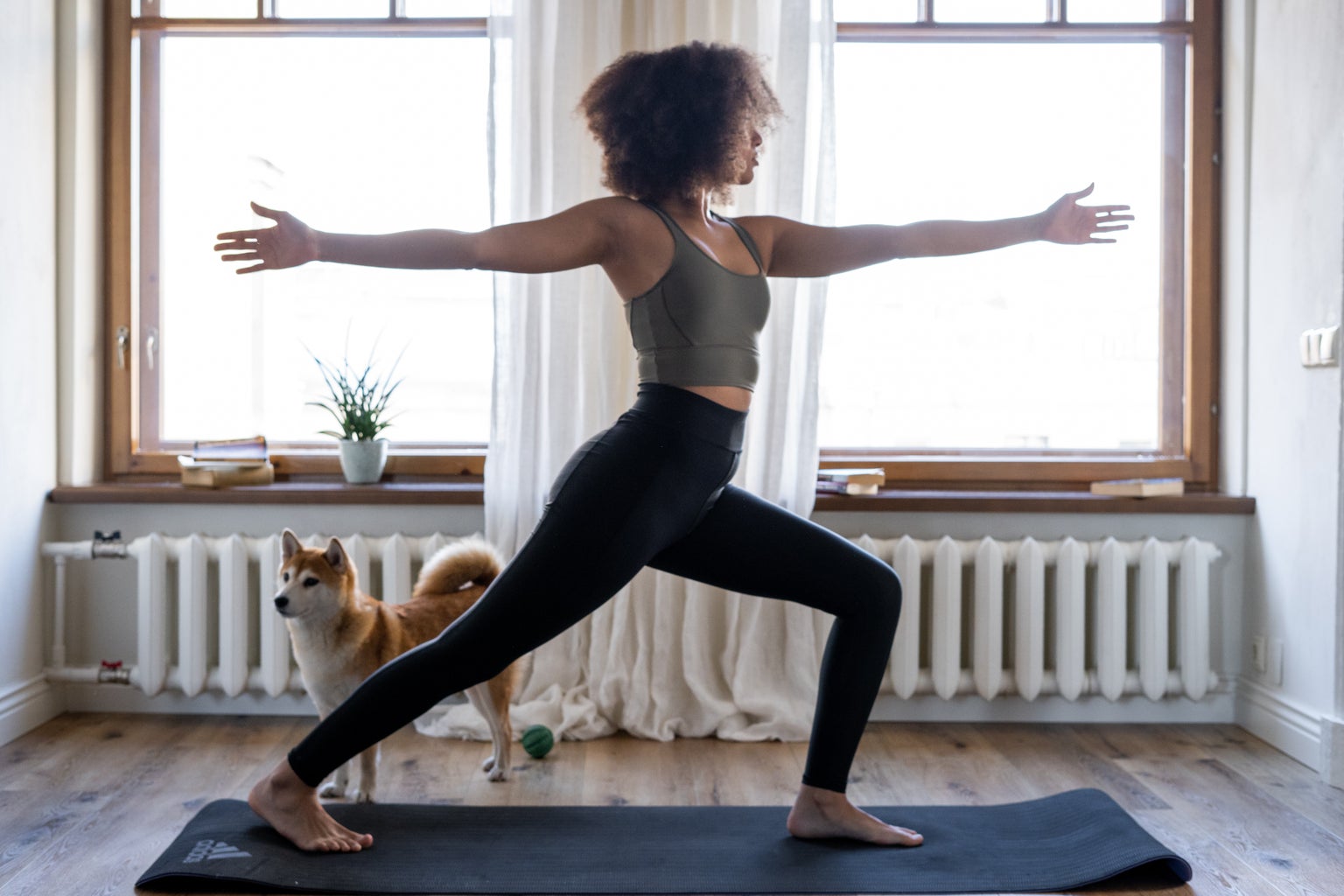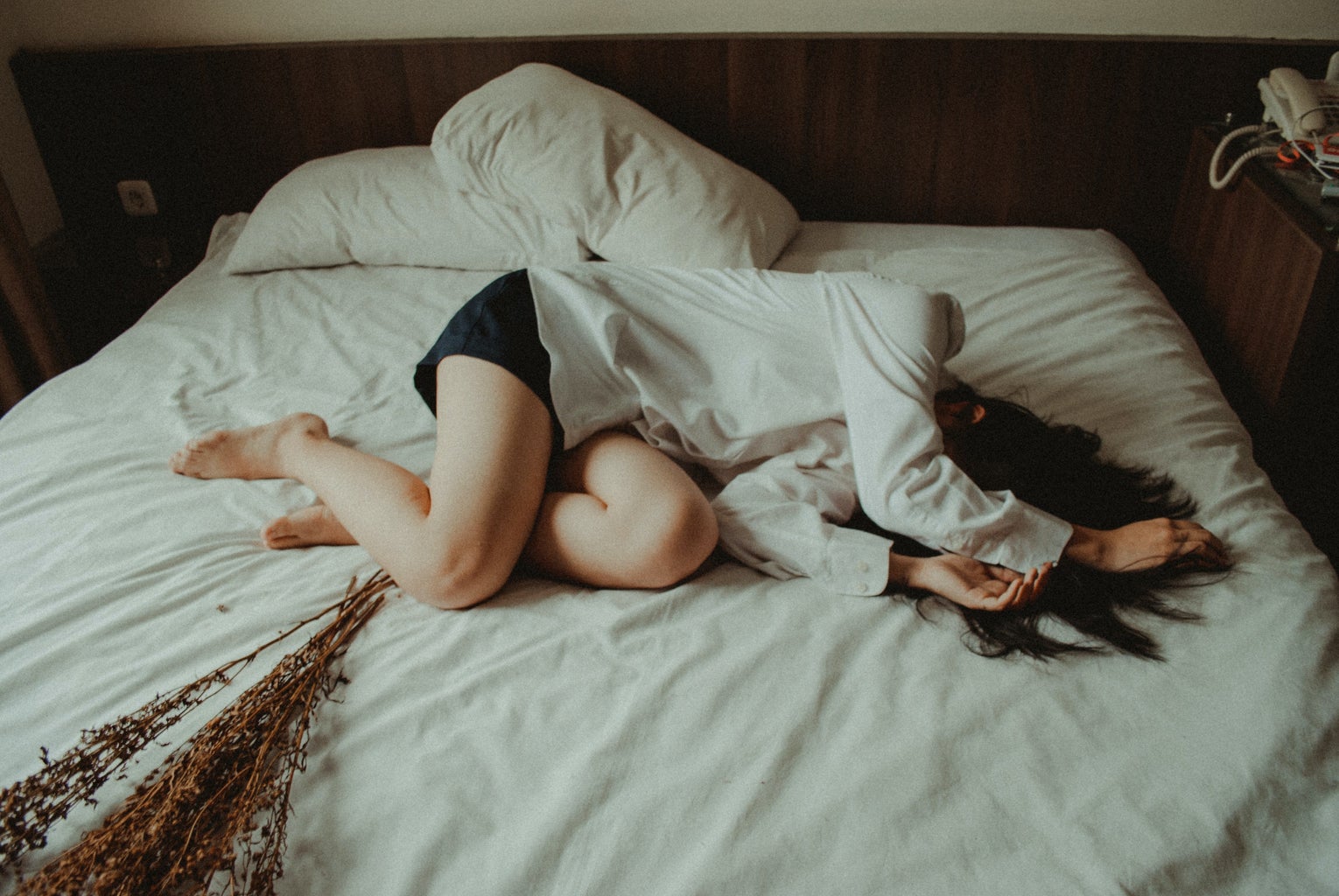I think it’s safe to say that many people would agree that the current “health” education is very poor in most schools. Children these days are going through elementary to high school and graduating into the adult world with a very limited health education that may be holding them back. This unfortunately is especially true for biological females with various things concerning their menstruation and hormone cycles. Many people who menstruate go out into the adult world and have no clue why their bodies may not be working with them all the time or why they may be in pain or feel exhausted all the time. This article should hopefully give you all some insight as to what good old public school curriculum may have missed.
Hormone Cycles
Something that I had never heard before until more recently was the fact that biological females actually have 30-day hormone cycles, unlike biological males who have 24-hour hormone cycles, and how badly this can affect our lives. Now I’m sure some people could guess this from the fact that our menstrual cycles are 28-30 days long, but I do not think many of us actually think of this and how drastically it can affect our day-to-day and week-to-week.
So in order to truly understand the biological female hormone cycle we first have to look at the biological male hormone cycle. Their cycle, as some may have guessed, is based on testosterone. When they wake up in the morning they have high testosterone which leads to them feeling energized, impulsive, confident, etc. Then as they go through their day testosterone fluctuates slightly with a downward curve, and towards the afternoon it is at a lower level, but just enough to stay focused and get stuff done. Then as evening approaches it gets to the lowest point of the day and they start to feel calmer and more relaxed, ready for bed. This is constant and happens every day of the year over a 24-hour period making it easy for them to predict and adapt to their best performance each day. With biological females, however, it is very different.
The female hormone cycle revolves around three hormones: estrogen, progesterone, and testosterone. In the first week of your cycle, you will have high levels of estrogen which will lead you to be more energized and productive. Shortly after your levels of testosterone rise as well and the combination of these two will lead to you feeling even more energized with a great mood (this usually takes place around ovulation). Then after this phase progesterone starts to rise and estrogen and testosterone begin to drop and you start to feel more irritable, potentially depressed, and fatigued. Finally, we get to the end where estrogen drops even more as well as progesterone, and there’s a mix of feeling crappy because of estrogen dropping completely but also a relief as progesterone drops as well, and then we start again. Depending on which parts of this cycle you are in it can greatly affect how well you may be able to go to work, school, stay focused, interact in a social environment, feel rested, etc. Knowing about these hormone fluctuations is vital for figuring out how to live your life so that you can feel the best you can.
Seed Cycling/Diet Syncing/Exercise Syncing
Now that we know our hormone cycles span across 30 days we can talk about things we can do to make that process better. Depending on the phase of the menstrual cycle you are in, menstruation, the follicular phase, ovulation, and the luteal phase, you may need to eat and exercise differently. I know—crazy we were never taught this. There are many layers to this, but there are some main concepts that I think are important for you to know: ‘seed cycling,’ ‘diet syncing,’ and ‘exercise syncing.’
For starters let’s cover seed cycling. Seed cycling is the practice of eating two kinds of seeds for one half of your cycle and then eating two kinds of different seeds for the other. This is supposed to help you balance your hormones and make the crazy ups and downs less dramatic causing your hormone fluctuations to have less effects on your day to day life (reduce things like PMS). The idea is to eat one tablespoon of flaxseeds and one tablespoon of pumpkin seeds a day for the first half of your cycle until ovulation when you switch to one tablespoon of sunflower and sesame seeds respectively. How well this works is different female to female, but it has been shown to help some especially when paired with the two other things I am about to mention.
So did you know that certain foods at different points in the month can make your cycle experience better or worse? For instance if you have caffeine, or lots of sugar, or sometimes red meat (depending on what it is) on your period you will likely cramp heavier. This is because these foods affect our hormone production in a negative way on our periods, but there are also foods that can have a positive effect on our hormones based on the part of our cycle we are in. Below are some examples of the better and worse foods based on the stage of your cycle:
Menstruation:
During menstruation your want to eat iron rich foods as you will be losing a lot of blood, examples of this would be leafy greens, lean red meat (keyword lean), lentils, beans, fish, as well as lots of vitamin C, vitamin K, and omega-3s. This is because vitamin C helps your body to absorb iron, vitamin K can reduce heavy bleeding, and omega-3s are great for reducing cramps (and are overall great for biological female’s health). Example of vitamin C are citrus fruits, berries, and broccoli. For vitamin K it is recommended to have blueberries, cheese, and eggs. For omega-3s fish is the biggest and best resource, but if you don’t like that then flaxseeds and tree nuts are great too.
Now what should you avoid? Sugar, alcohol, caffeine, fatty red meat, all can make your cramps worse. Now I know that sounds counterintuitive as you’ll be craving many of these things (especially sugar), but trust me it will help to avoid them and if you really need something for your sweet tooth it is recommended to have dark chocolate or something lower in sugar. Dark chocolate actually has lots of antioxidants that are good for balancing your hormones, though, so it’s my top recommendation.
Follicular:
For this phase it is recommended to have anything that help your estrogen to rise (which as we discussed above will help you with your energy and mood) this includes cruciferous vegetables, fermented foods, healthy fats like avocados, and leafy greens (common theme here with leafy greens if you didn’t notice).
Ovulation:
Now here is where we have lots of that estrogen and testosterone working for you so we want to continue to promote these hormones like we did in the follicular phase. We also want to help out your liver with regulating all of it. So it is recommended to have a lot of the same stuff as well as liver supporting foods such as leafy greens, nuts, green tea, and citrus fruits.
Luteal:
Finally we reach Ms. Luteal when we are feeling tired and more irritable as we are about to bleed. This is where PMS is likely to strike so to prevent that it is recommended to have complex carbs such as whole grains, legumes, and sweet potatoes, and high fiber foods such as (you’ll never guess) leafy greens. Also anything to boost your magnesium will reduce water retention such as pumpkin seeds, cashews, almonds, spinach, brown rice, and milk. Also any sweet cravings would be best paired with dark chocolate and fruit to reduce irritability.
To really tie this all together we got to quickly talk about exercise. Many active individuals try to keep going hard even when they are menstruating in the way that a biological man would, but I have bad news for you all who like to do this… it’s not good. Now being active is always great and can even reduce cramps but depending on your time of the month being too active can lead to worse PMS, fatigue, and irritability, and it can overall give you a bad experience and poor mental health (not to mention a decrease in good performance). During menstruation your performance is likely to turn downward as your body is quite literally working very hard to shed the lining in your uterus and kind of needs a break. Now it is still good to do light exercise as this is good for you and any pain you may be experiencing but the key word here is light. Walks, yoga, hikes, lifting lighter are all great ways to move your body during this time. As we move into the follicular phase, as mentioned above, you getting higher levels of estrogen and testosterone leads to increased energy and drive. At this point you can start increasing intensity and doing things like HIIt, lifting heavy, hard runs, etc. Once we get to ovulation we hit peaks in your energy and you are likely to hit peak performance for that cycle so it’s a great time to really go all out if you want to. Then as we go into the luteal phase you’ll be slowly losing energy so it’s a good time to start cutting back on the intensity or taking more rest days as you transition back into menstruation.
Second Puberty
Now this is something I had not heard of before until I was quite literally a freshman in college (which is insane because it is super important). Did you all know that biological females have not one but TWO puberties? Well they do. Most commonly we have our first puberty in our pre-teens, but some of us are early or late bloomers, but most of us also have a second puberty in our early to mid-twenties.
Now this is not a medical term or anything, but it is used to describe the rapid changes that we have mainly in our 20s, but also expanding until menopause. So in our 20s many of us may notice a breast size increase, weight fluctuations (typically weight gain), bone mass and strength changes, and skin changes. It is common for you in your 20s to gain some weight, maybe have more acne than before, and probably be at the strongest you will be in your life. We do not get much warning about this and not knowing how much your body will change in this period can be very hard on you mentally. I am not going to cover what leads up to menopause because I think that is more common knowledge, but not many people know that your body can change so drastically in your 20s and that can mess with you mentally when it comes to your perceived identity.
Need for Sleep
Biological females need more sleep than biological males. Why do you think that is? Well I’m sure you’ll never guess because I clearly never ever talked about it before in this article, but, guess what, it’s hormonal fluctuation! I feel like a broken record, but it’s true and we don’t talk about it enough.
So disruptive sleep is bad sleep. You can’t fully go through all of your cycles of sleep and feel well rested if you have disruptive sleep. Well biological females are three times more likely to develop insomnia because as their hormones fluctuate so drastically from week to week during puberty or mensuration it can be very disruptive to their bodies especially when they are trying to sleep. This really comes back to the different hormone cycles. Remember earlier when I said that towards the end of the day a biological male’s testosterone drops significantly leading them to be sleepy around bedtime. Well although there are obviously anomalies to this, for the most part this helps them to get to sleep and stay asleep while biological females have a better or worse time getting to sleep depending on their time of the month. You may have noticed in the past that sometimes you can sleep very easily and other times you can’t. Next time that is happening pay attention to where you are in your cycle—you might find some interesting insight. Now during the period that biological females are having trouble sleeping they need on average 11 more minutes of sleep than the average man. Now I know that doesn’t seem like much but this varies and that’s just average, but it makes a huge difference. Also in those times it’s harder and you may need hours to fall asleep and overall will need more sleep due to exhaustion of staying awake for longer than is normal.
Oral Birth Control
So I’m sure we’re all well aware of how dangerous birth control can be. There are many viral videos and complaints surrounding this with people pulling out the long list of symptoms from the box, but, fun fact, birth control is reccomend to only be taken for 5 years MAXIMUM and I don’t know about you, but I know many people who have taken it for much longer than that and maybe even double that amount of time. This because of risk of developing cervical cancer increases after taking oral contraceptives for more than 5 years. This is never taught to us and many people have no clue that is even an issue.
Coming off of birth control, especially after taking it for much longer than is recommended, which is unfortunately common, can also be a roller coaster of emotions, hair loss, weight gain, and many other difficult things. It takes some serious hormone watching and doing all the right things to come off safely. Something else that is never really mentioned is the fact that with all the hormone shifts from going on and off birth control someone you found attractive on birth control may not seem so attractive off birth control. When a biological female is off of the pill they may have higher or lower estrogen depending on many factors and then when they go on the pill their estrogen can rise or fall dramatically changing who they are attracted to. When a biological female has high estrogen they are more likely to be drawn to someone with more masculine features, but when they have low levels of estrogen they are more likely to be attracted to someone with more feminine features. This is going to vary a lot depending on your situation, but you can see how this can be a big problem for your relationships.







